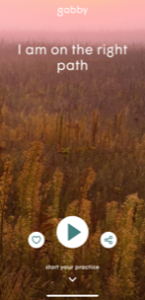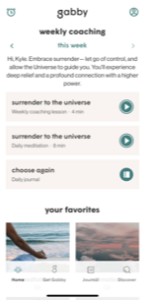Digital citizenship is an important part of modern society. We spend most of our day online and digital platforms are responsible for a large part of how we obtain and share information. With that being said there is some learning that needs to be done to navigate this sphere, safely, efficiently, and effectively.
When I was in school the internet and social media were discussed purely in terms of education benefits. How to search information and use Google Docs and Google Slides for projects. It was not until 2012/2013, around the time of the Amanda Todd story, that I remember our school discussing the word cyberbullying. It started out with scare tactics, telling us that the internet can be a dangerous place and creating the notion that you never know who you’re talking to online. I feel that for some of us, this worked initially, however, as we became more comfortable with the platform the idea that every person you talked to on the internet could be a potential predator became a little more unrealistic. Who could blame the adults for using scare tactics though. I feel like it was more of a reaction on their part than a strategy. They themselves were scared of a rapidly changing world that was hard enough to keep up with but now it was putting their vulnerable kids at a higher risk than ever to be put in a dangerous situation.
Over the years we have gained more information and realized that scaring kids or telling someone not to do something is an ineffective strategy in education. As this Jason Ohler article suggests, we must take a “one life” approach to technology by understanding that it is everywhere in the student’s life and should not be separated from their education. Personally, I feel that when I teach digital citizenship I will approach it from the understanding that students will encounter potentially harmful things on the internet. Rather than dismissing it or telling them to simply avoid it, I would like to give them strategies and techniques to deal with these problems. For example we can learn how to identify misinformation on websites and in videos, we can discuss comment sections and how to deal with receiving negative comments.
With this being said, Nathan Jurgenson’s article brings up some interesting points about having our lives online. It suggests that we are living in a disconnected world, and everyone is yearning for the days of old with less technology. I myself notice a significant shift in my stillness and flow when I am off of my phone for a while, however ironically that very thing I am trying to get away from also has all of my meditations and music which help with my flow state. Instagram is another place that can bring me out of joy as I mindlessly scroll for hours watching meaningless videos. But once again my algorithm also gives me inspirational videos and moments of mindfulness. The point I am trying to make is that we are so intertwined with our technological lives that the answer isn’t simply to stop using your phone, it is to learn how to use it. Let me explain!
I am sure most of our morning routines are quite similar. Wake up, turn off your alarm (that’s probably on your phone), and check some form of social media, news app, or emails, while still in bed, while getting ready or as your are eating breakfast. I was no different, but because of recent circumstances in my life I noticed that my daily practice of checking Instagram before I got out of bed was putting me in a low state before my day had even started. Shortly before this realization I had made the commitment to myself to finally purchase a mindfulness app that was created by a spiritual teacher that I look up to named Gabrielle Bernstein. The app includes a daily mantra, a journal, 
 weekly lessons and a wealth of meditations available at any time. I decided to shift my technology use in the morning to click on the mindfulness app and do my daily meditation before anything else. This has greatly improved my mood, and my relationship with Instagram is much more positive after I have placed myself into my flow state. The lesson here is that I did not change the amount of time spent on my phone in the morning, I simply changed what I chose to do with that time. I believe this to be the key to teaching our students healthy technology habits, because we all know they are going to use them, so let’s guide them to make decisions that are going to keep them happy and healthy.
weekly lessons and a wealth of meditations available at any time. I decided to shift my technology use in the morning to click on the mindfulness app and do my daily meditation before anything else. This has greatly improved my mood, and my relationship with Instagram is much more positive after I have placed myself into my flow state. The lesson here is that I did not change the amount of time spent on my phone in the morning, I simply changed what I chose to do with that time. I believe this to be the key to teaching our students healthy technology habits, because we all know they are going to use them, so let’s guide them to make decisions that are going to keep them happy and healthy.
Until next week,
Kyle
Leave a Reply